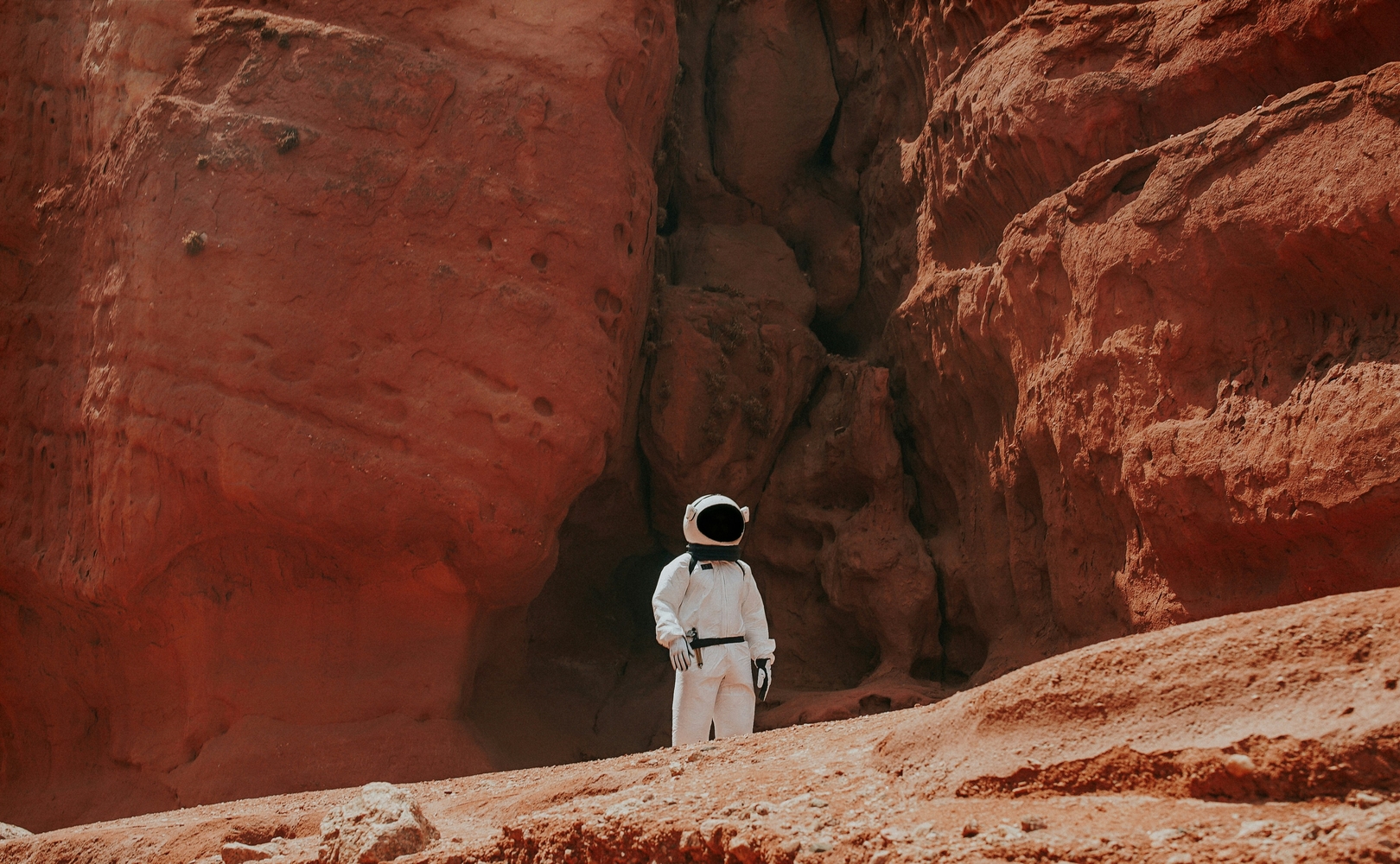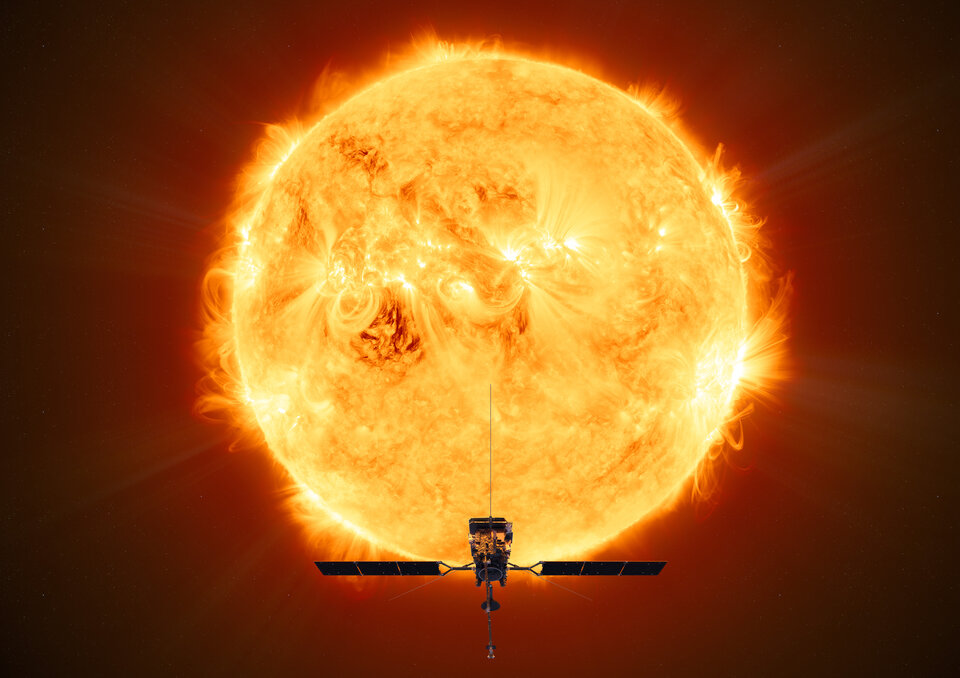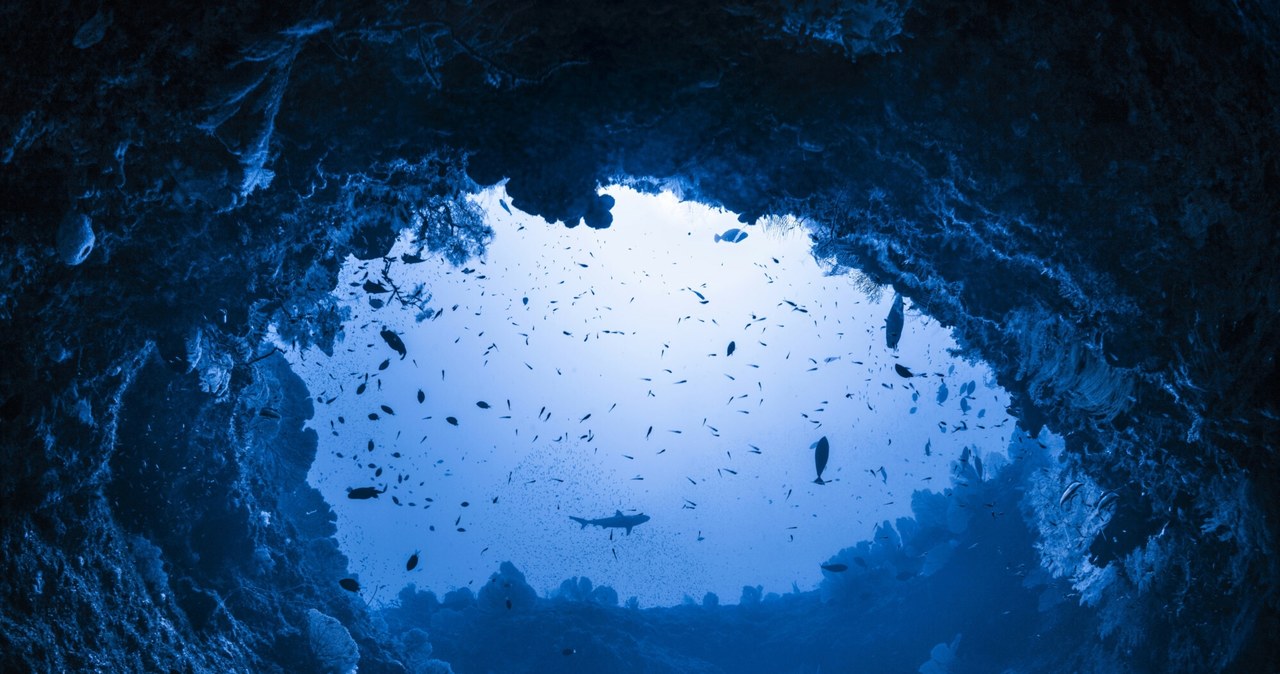Is Mars accessible to human-made vehicles? Yes, but the problem of traveling to the red planet is more than that. The time we devote to this journey is crucial here.
The Santa Maria, the ship that carried Christopher Columbus to the New World, was about 20 meters long. Starship, a vehicle developed by SpaceX and which NASA is considering using to travel to Mars, is 50 meters long. And this is only its upper stage that will go into space.
In 1492, 45 people and supplies found themselves in Santa Maria on what turned out to be a two-month journey to the coast of the island of San Salvador. There, the crew could replenish food and water, as well as establish contact with the indigenous people. Initially, only a few people will travel to Mars, but unlike Columbus's crew, they will not need to be persuaded to do so.
Columbus had a specific goal in mind, but he did not know how long he and his crew would be out on the ocean without any land in sight. More than 500 years later, traveling to Mars has become an even greater challenge, even though we know exactly where we are headed. The sailors suffered from bad weather and hunger, but they were not permanently confined. The sky accompanied them. They knew they were moving toward a world where life existed.

Above, the land visited by Christopher Columbus during his first voyage. Beneath Mars, in a place that may have been a lake billions of years ago. (Image: NASA/Mars image)
Travelers to Mars will always be inside the spacecraft. They will not be able to breathe atmospheric oxygen. Organic life on Mars Yes, it could have been there, but it would be difficult to find today. The blue color of the Earth in the porthole will replace the red color of Mars, but for this you will have to wait much longer than the Columbus crew to see the Earth.
Why is time an important factor when traveling to Mars?
On Earth, people wear clothes that adapt to the outside temperature. Although summer afternoons on Mars can be warm, most of the time temperatures are well below freezing and there is no oxygen in the atmosphere. It is even colder in space, but that is the least of our problems. During the flight, anything could fail – the propulsion system, the life support system, not to mention the human soul. Elements that operate automatically on Earth must be artificially controlled in space.

Simulating daily changes in illumination (intensity and color) is crucial for the proper functioning of astronaut psychology. Pictured is Andreas Morgenstern during his mission to the International Space Station. (Image: European Space Agency)
There is no option to go to the store. You should take everything with you, including fuel. Santa Maria relied on winds and ocean currents, and the spacecraft will be propelled by gravity, but fuel is needed to speed up and slow down its arrival at its destination, not to mention the supplies needed for the return trip, unless sufficient supplies are produced on Mars, which is a reasonable option.
The amount of resources you need to get depends on your travel time. This time depends on the number of crew members and the size of the spacecraft heading to the Red Planet. It seems that NASA is becoming more and more convinced that the flight cannot be carried out in a small capsule. Enough for a multi-day expedition to the Moon wouldn't work for Mars.
The force required to accelerate a ship depends on its mass, and mass affects the comfort of travel. You can focus on faster speed, consuming more fuel and thus reducing other loads, or you can focus on providing the crew with the right resources. Each such action has its consequences: more fuel means more mass to move.

Approximate size comparison of the spacecraft (top section) and Christopher Columbus' ship (life-size replica). (Image: SpaceX)
A year's stay on the International Space Station is nothing compared to a trip through dark space. It will be accompanied by greater pressure, and the lack of gravity and radiation will be more disturbing. Gravity can be created by constructing a rotating ring, and most of the radiation can be shielded by a thick envelope. However, only the planet's magnetosphere or thick layer of Earth effectively protects against powerful solar flares. Therefore, it is important that the time spent in space is as short as possible.
Which route should you take to Mars?
The Caribbean, Columbus's supposed West Indies, had not changed its position in relation to Spain for millions of years. Meanwhile, Mars and Earth are in constant motion. We won't get to Mars right away, we'll do it at a limited speed, so we have to go not to where Mars is, but to where it will be when we get there.
The minimum distance between Earth and Mars ranges from 56 to 101 million km. This is a problem, because even if we choose the ideal moment to start, which is when Earth and Mars are on the same side of the sun, we will not always travel the same distance. When flying to Mars, the rover will cover part of the oval (close to the circle), and the higher the speed we can achieve, the shorter it will become. The return trip is a mirror image of the trip to Mars, we simply “fall” inside the solar system to Earth. The Perseverance rover, launched in mid-2020, found a very favorable alignment between Earth and Mars, and still has to cover up to 480 million kilometers. This is greater than the greatest distance between the two planets in a straight line.
How long will we be flying and do we have any options to choose from?
Until we learn how to develop such high speeds within the solar system that any configuration of Earth and Mars would allow us to fly, we are limited to so-called launch windows, that is, the preferred positions of these planets. It happens every 26 months. In the case of the Perseverance rover, the journey took about 6 months. However, this is not the rule. In 1966, the Mariner 6 probe reached Mars in just over 5 months, but only completed the flyby because it did not have enough fuel to brake and enter orbit. The Viking 1 and 2 landers (1975) arrived at the Red Planet 10 and 11 months later.
NASA expects that the manned mission to Mars will last about 9 months in each direction, and the astronauts will spend 3 months on Mars. The length of stay depends on the fact that approximately 12 months after lift-off from Earth, a suitable transfer window will open on Mars that allows for return to Earth. The return trip will also take about 9 months, bringing the total mission duration to 21 months. This is a longer period of time than any human has spent in space at one time.

A vision of the SpaceX Starship, which could serve as transportation and habitat for astronauts during their stay on Mars. (Image: SpaceX)
If we can shorten the travel time to 6 months, as SpaceX hopes, the crew will be able to spend more time on Mars, but this does not mean a faster return, because we still have to wait for a favorable return window. Unless we take advantage of Venus' gravity on the way back, which would shorten our stay on Mars to a month. There is also the option of returning quickly, in four months, but this would require a 20-month stay on the Red Planet.
Are there other options? The use of nuclear propulsion technology could shorten the flight to 30-40 days. This is a very useful solution, because the person quickly puts his feet on solid ground again. However, the journey and return in such a case must also be synchronized with the movement of both planets.
We are left with the question of traveling quickly to Mars, which is on the other side of the sun, which from today's point of view represents a challenge of enormous magnitude. This requires cooperation with the Sun's gravity, which in turn requires powerful propulsion from a massive vehicle. Currently, we have the Parker Solar Probe, which approaches and moves away from the Sun, reaching speeds approaching 200 kilometers per second, but even this probe is unable to move far enough from the Sun to reach Mars.


Echo Richards embodies a personality that is a delightful contradiction: a humble musicaholic who never brags about her expansive knowledge of both classic and contemporary tunes. Infuriatingly modest, one would never know from a mere conversation how deeply entrenched she is in the world of music. This passion seamlessly translates into her problem-solving skills, with Echo often drawing inspiration from melodies and rhythms. A voracious reader, she dives deep into literature, using stories to influence her own hardcore writing. Her spirited advocacy for alcohol isn’t about mere indulgence, but about celebrating life’s poignant moments.










